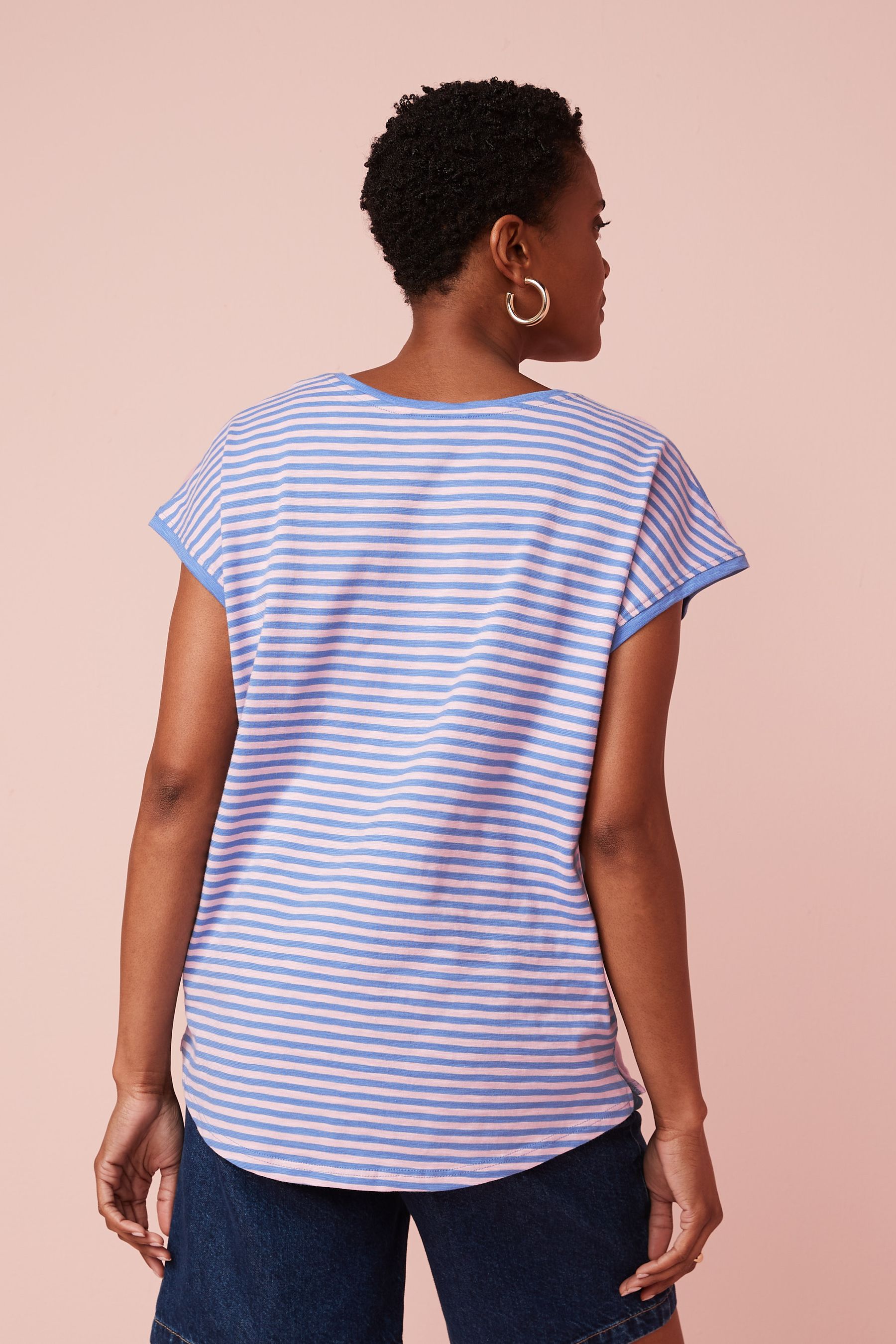

Some aquarists have been able to grow them a bit larger in captivity, up to 4 inches, but those instances are uncommon.ĭespite their small size, Rusty Cichlids have a relatively fast growth rate. The average size is around 3 to 3.5 inches when fully grown. Rusty Cichlids are considered dwarf Mbuna. In addition, males grow faster and have more pronounced egg spots in the anal fin. While males tend to be larger, have a more intense purple tinge, and develop a more elongated anal fin than females. Both males and females have similar coloration. Sexing Rusty Cichlidscan can be a bit tougher than other fish. But, Labidochromis vellicans have a more pointed head. When young, these fish are easily confused with Labidochromis vellicans. You might notice faint bars on both sides of the body, but these bars only appear on juveniles. The rusty cichlid has the classic torpedo-shaped body. The notable rusty coloring can be found on their faces and gradually blending into lustrous deep lavender bodies. The common names – rusty cichlid and lavender Mbuna do a great job of describing their appearance. Scientific Name: Iodotropheus sprengeraeacus Common Name: Rusty Cichlid, Lavender Cichlid, or Lavender Mbuna Care Level: Beginner IUCN Red List: Near Threatened Origin: Lake Malawi, African Lifespan: 5 – 8 years Max Size: 4 inches (10 cm) Temperature: 76☏ to 80☏ PH: 7.5 to 8.8 Water hardness: 10 to 25 KH Diet: Omnivorous Minimum Tank Size: 40 gallons breeder (36″ x 18″ x 16″) Temperament: Relatively Peaceful Appearance The Mbuna belongs to a small genus Iodotropheus that only has three described species, and Rusty Cichlid is the most widespread in the hobby. Due to the destruction of natural habitats and the impacts of the aquarium trade, it’s currently categorized as “Near Threatened” on the IUCN Red List. This fish was one of the most sought-after Mbunas in the middle of the 1990s.

This species was described by Oliver & Loiselle in 1972. Mysis and brine shrimp.The Rusty Cichlid (Iodotropheus sprengerae) is a lovely dwarf Mbuna that comes from Lake Malawi, where it is found in the restricted sediment-free rocky habitat around the islands of Boadzulu, Chinyankwazi, and Chinyamwezi in the south of the lake.īecause of its distinctive coloration, this cichlid is known by common names such as Rusty Cichlid, Lavender Cichlid, or Lavender Mbuna. They will accept anything, but to keep their colors strong, feed New Life Spectrum, Cyclops, Spirulina, or any other high quality herbivorous cichlid flake or small pellet. In the aquarium they need mainly herbivorous foods because even though they eat a little protein in the wild, the majority of their diet is vegetable matter. They will grow quite fast if fed properly with diversity in their diet. Youngs are quite resistant and can be feed with baby brine shrimps or powdered flakes. During this process, the female eats very little and it is a good idea to remove her in a seperate tank with her fry.

The eggs hatch in approximately 7 days but the female keep them in her mouth until the frys are big enough to take care of themselves (approx.
BABY RED ZEBRA CICHLID FULL
This process goes on until the female's mouth is full of eggs (approx. She then starts nipping at them and the male releases his sperm to fertilize the real eggs. At this point, the male shows off his "egg dummies" (yellow spot on his anal fin) to mislead the female to think they are actual eggs. The female releases a couple eggs that she instantly puts in her mouth. The breeding parade begins when they start nipping at each other. Females quickly accept the males courtships. A water change can sometimes trigger breeding behavior. After a male sets up and dig his territorry in the sand at the base of a rock pile, he attracts the female by displaying his best colors and by showing his fins. Because they are mouthbreeders, these fish take really good care of their eggs/fry. This fish, like most cichlids from Lake Malawi, is a mouthbrooder-females hold their fertilized eggs, then fry, in their mouth until they are released after about 21 days.įemales can grow up to 10 cm (4 inch) while males will grow up to 12.7 cm (5 inch.).īreeding Maylandia Estherae is an easy process. These common names are Red Zebra,ester gants zebra.


 0 kommentar(er)
0 kommentar(er)
